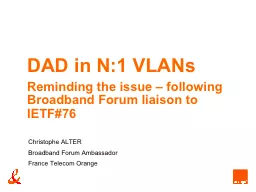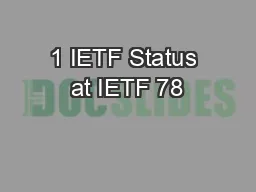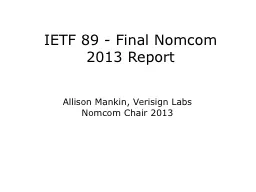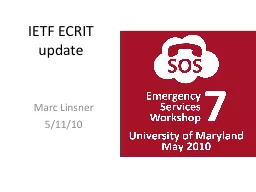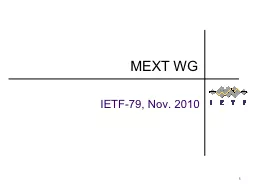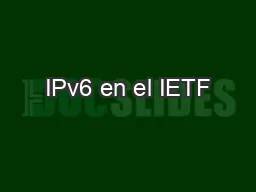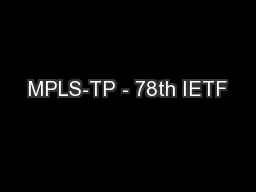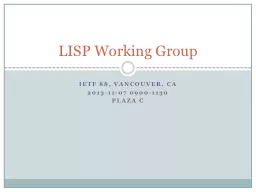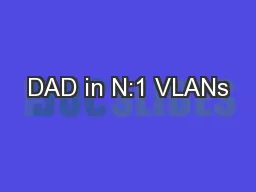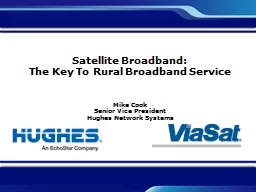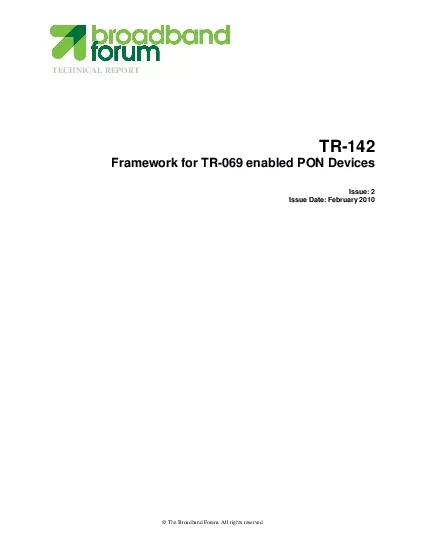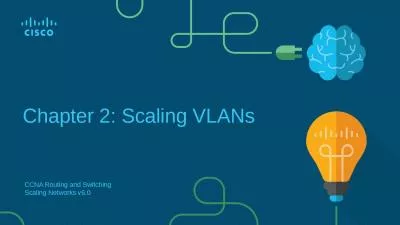PPT-DAD in N:1 VLANs Reminding the issue – following Broadband Forum liaison to IETF#76
Author : lindy-dunigan | Published Date : 2019-03-19
Christophe ALTER Broadband Forum Ambassador France Telecom Orange Multipointtopoint access architecture Ethernet bridging in the Access Node Multiple subscribers
Presentation Embed Code
Download Presentation
Download Presentation The PPT/PDF document "DAD in N:1 VLANs Reminding the issue –..." is the property of its rightful owner. Permission is granted to download and print the materials on this website for personal, non-commercial use only, and to display it on your personal computer provided you do not modify the materials and that you retain all copyright notices contained in the materials. By downloading content from our website, you accept the terms of this agreement.
DAD in N:1 VLANs Reminding the issue – following Broadband Forum liaison to IETF#76: Transcript
Download Rules Of Document
"DAD in N:1 VLANs Reminding the issue – following Broadband Forum liaison to IETF#76"The content belongs to its owner. You may download and print it for personal use, without modification, and keep all copyright notices. By downloading, you agree to these terms.
Related Documents

